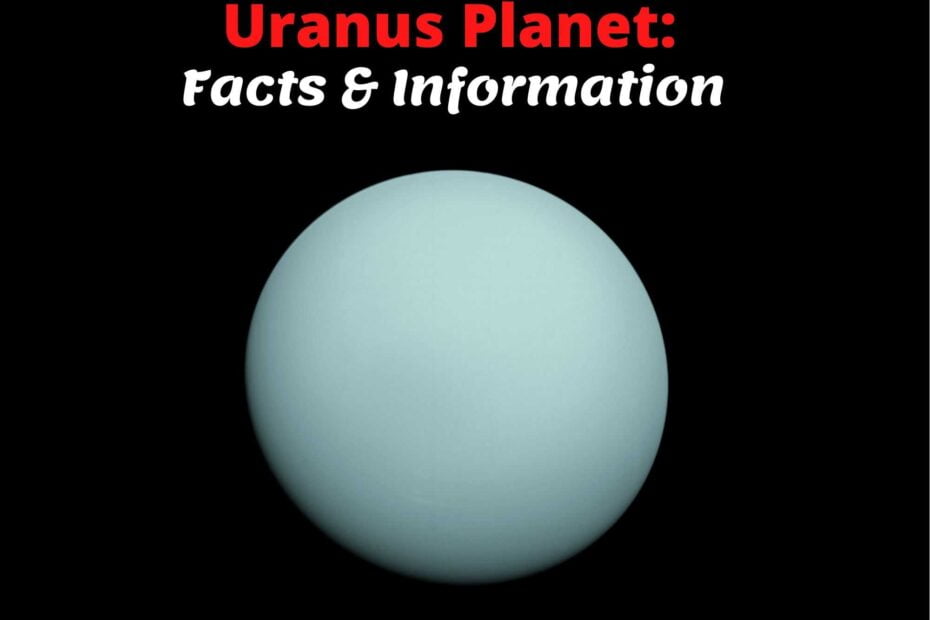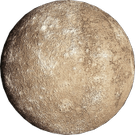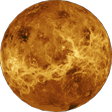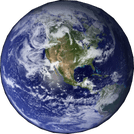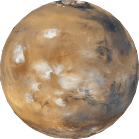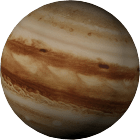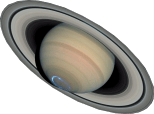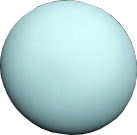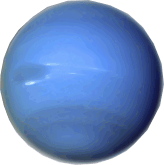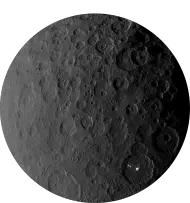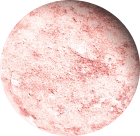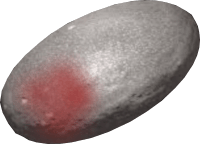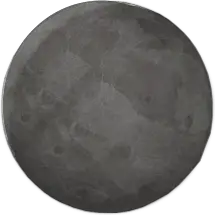Uranus planet is the first planet to be discovered with the help of a telescope. It is the seventh planet from the Sun with an average distance of around 19 AU. Uranus is an “ice giant” planet.
- One of the facts about Uranus Planet is that it is the 3rd largest but 4th massive planet in our solar system.
This planet also has a ring system and moons like other giant planets. Uranus has the coldest planetary temperature in the solar system but its average temperature is higher than Neptune. It was named after the ancient Greek god of the sky “Uranus”. As it is an ice-giant planet so it can not support life.
Characteristics of Uranus:-
- Orbital period (1 year): 30688 days (84 earth years)
- Revolution period (1 day): 17 hours 14 minutes
- Average orbital speed: 6.80 km/sec around the sun
- Average distance from Sun: 19.22 AU
- Mean radius: 25360 km
- Mass: 8.7 × 1025 kg (14.5 times of earth)
- Volume: 6.8 × 1013 km3(63 times of earth)
- Average density: 1.27 gm/cm3
- Surface gravity: 8.7 m/sec2(0.89 times of earth)
- Escape velocity: 21.3 km/sec
- Average surface temperature: -197 °C
- Moons: 27 known moons
Facts about Uranus Planet
This ice giant planet has much astonishing information like having many moons, the first discovered planet by a telescope, the ring system, the lowest planetary temperature, the orbital direction around the sun, etc. Here we have described some of the interesting information and special facts about the Uranus planet.
⇒ Uranus orbits on its side
The planets of our solar system orbit around the sun almost perpendicular to the orbital plane and this is called the axial tilt. Our earth has tilted its axis of rotation at almost 23.5° whereas the axial tilt of planet Mars is almost 25°. The axial tilt of the planet Uranus is completely different than other planets.
Uranus Planet rotates on its axis almost parallel to the orbital planet instead of perpendicular. It has tilted almost 98° which is quite unique compared to other planets. So it is called that planet Uranus rotates on its side. Like the planet Venus, Uranus also has retrograde rotational motion.
- Read about:- How planets revolve around the Sun
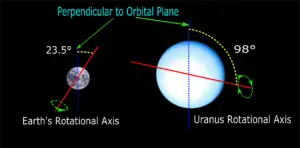
The axial tilt of the planets is the reason for the seasonal changes. Therefore the season on this planet is uniquely different compared to other planets. The orbital orientation of Uranus is the reason that one pole gets 42 years of continuous sunlight, whereas the other pole for 42 years of continuous darkness.
⇒ First discovered planet by telescope
Most of the planets in our solar system were apparently visible to the naked eye. Those planets were bigger in size and near to the earth. Uranus is visible to the naked eye but it was never recognized as a planet by ancient people. Because of its dim light in the sky and slow orbital speed around the sun.
But Uranus was first observed by William Herschel on 13 March 1781 with the help of a telescope. This leads to the discovery of Uranus planet and the first planet discovered with the aid of a telescope.
⇒ Uranus is 3rd largest but 4th massive planet
Planet Uranus is the third-largest planet in our solar system after Jupiter and Saturn. The diameter of Uranus is approximately 50780 km and it is almost four times bigger than our earth. Even after being 3rd largest planet, its density is lower than Neptune. Because of its lower density, the mass of Uranus is lower and slightly lower than the planet Neptune.
So considering the mass Uranus is the fourth planet in our solar system. The mass of Neptune is almost 17 times that of the earth, whereas the mass of Uranus is only 14.5 times the earth. (For reference Mass of the Uranus= 8.7 × 1025 kg, the mass of the Neptune= 1.0 × 1026 kg, the mass of the earth= 6.0 × 1024 kg )
⇒ The lowest planetary temperature of our solar system
The distance of Uranus from the sun is almost 19.22 AU (1 Astronomical Unit, AU = 150 million km). Whereas Neptune’s distance is approximately 30 AU from the sun.
Every planet in our solar system receives radiation from the sun and some amount of the sun’s light radiates back into space. But Uranus radiates light much lesser than other planets.
The lowest temperature recorded on Uranus is 47 K, whereas Neptune’s lowest temperature is 55 K. So, this makes Uranus the coldest planet in our solar system only if we consider it the lowest temperature. While the average temperature of Uranus planet (76 K) is greater than Neptune’s average planet (72 K), because of its distance from the sun.
⇒ Only one spacecraft has visited Uranus so far
Being so far from the sun, Uranus is a cold and lonely planet. NASA launched the spacecraft “Voyager 2” in 1977 that fly by Uranus planet in 1986. The closest approach for this spacecraft was almost 81500 km cloud tops of Uranus.
Voyager 2 spacecraft sent the first clear images of Uranus, its moons, and its rings. So this is the only spacecraft that have visited Uranus planet so far.
⇒ It is an ice-giant gaseous planet
As the giant planets are classified into two categories: 1. Gas giant, 2. Ice giant. Gas giant planets are Jupiter and Saturn, whereas Ice giant planets are Uranus and Neptune. The composition of Uranus is mainly Hydrogen and Helium like Jupiter and Saturn. But what makes it different than gas giant planets, is the presence of Methane (CH4) in abundant amounts.
Uranus contains “ices” of methane, water, ammonia, and other hydrocarbons in its atmosphere. The presence of methane in higher amounts makes it appear aquamarine or cyan in color.
⇒ It has a ring system
Uranus planet has 13 known rings. These rings are classified into inner and outer rings. 11 inner rings are narrow and dark, while 2 outer rings are wider and brightly colored. The 11 inner rings are a few kilometers wide. The 12th ring is red in color and the outermost 13th one is blue.
As we know all giant planets have their ring system and Saturn is famous for its beautiful rings. Uranus has the second-largest number of known rings after Saturn. This outer ring system is so far from the Uranus planet and was discovered by Hubble Space Telescope in 2005.
According to scientists, these Uranus rings are created by the impacts of the comets or asteroids on their moons. The high-speed-impacts on its moons shattered all parts and formed these rings of Uranus.
- Read about:- Facts about asteroid belt
⇒ Uranus planet has so many moons
Planet Uranus has 27 known moons (natural satellites). The five main moons of Uranus are Titania, Oberon, Ariel, Miranda, and Umbriel. These names of the Uranus moons are taken from the characters of William Shakespeare and Alexander Pope.
Most of its moons are smaller in size compared to other planets and the largest moon of it is Titania. Titania is the eighth-largest moon in our solar system and it is almost 1578 km in diameter.
Related:-
⇒ Uranus is 2nd low-density planet
Planet Uranus is the least massive giant planet in our solar system. Though it’s larger than Neptune. This is all because of its low density. The density of Uranus is 1.27 gm/cm3 and this makes it the second-lowest densest planet after Saturn.
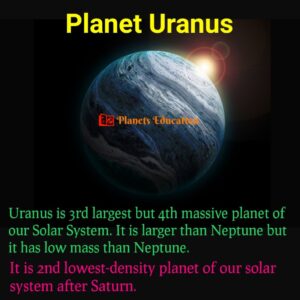
⇒ Ancient people thought of Uranus planet as a star
Uranus can be seen by the naked eyes like many planets of our solar system. Before considering it as a planet, many astronomers and observers had thought of it as a star. The Greek astronomer Hipparchos in 128 BC mentioned it as a star in his star catalog. After that many other astronomers considered it a star. Even William Herschel initially reported it as a nebulous star or a comet. But it was recognized as a planet in 1781 by William Herschel.
- (Read about:- All different types of stars)
⇒ It has a short day but a long year
Uranus planet is quite slow and its average orbital speed is only 6.8 km/sec around the sun. That’s why it takes almost 84 earth years (one Uranian year) to complete one orbit around the sun. On the other hand, it only takes 17 hours and 14 minutes to complete one revolution around its axis and it is called one Uranian day.
So these were some interesting facts and information about Uranus Planet. Hope you have liked it. Check below all other planets’ informative facts.
- 5 Best Solar System Backpacks in 2024

- Mass of Planets in Order from Lightest to Heaviest
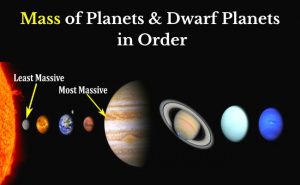
- Star Projector {2024}: Star Night Light Projector

